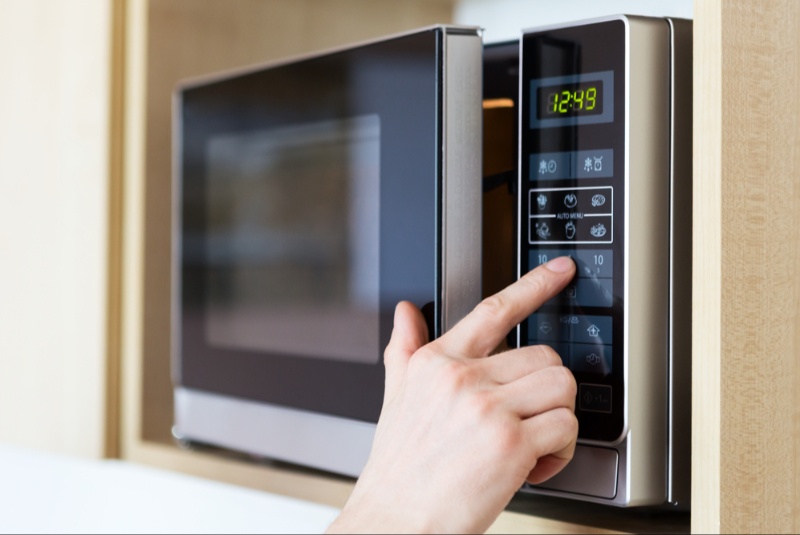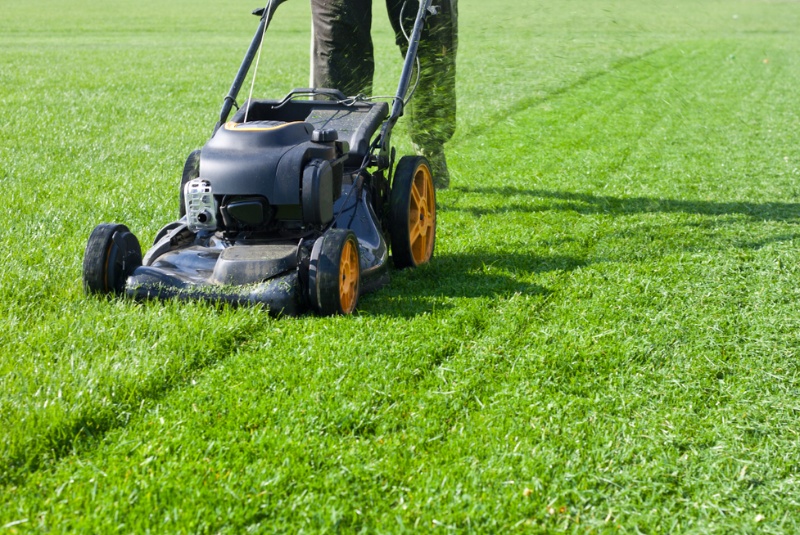Trampolines are a popular addition to many homes, offering not only a fun activity for children but also a unique way for adults to exercise. However, the process of buying a new trampoline can be overwhelming given the variety of sizes, shapes, and safety features available. This 1,300-word article aims to guide you through the key considerations and tips for making a smart decision when purchasing a new trampoline.
Understanding Different Trampoline Types
Trampolines come in various shapes, each designed for specific needs and preferences. Round trampolines are the most popular for home use. Their design naturally guides the jumper back to the center, reducing the risk of falling off the edges and making them ideal for younger children or casual bouncing. Rectangular trampolines, on the other hand, offer a more robust bounce and are often used for athletic training, especially in gymnastics, as they provide a larger surface area for complex flips and jumps. Square trampolines offer a middle ground, with a more controlled bounce than rectangular ones but more jumping area compared to round trampolines. Understanding these differences is crucial in selecting the right trampoline that fits your space, budget, and usage intentions.
Size and Space Considerations
The size of the trampoline directly impacts its use and placement. Larger trampolines provide more space for jumping and are better for older or more experienced users, but they require a significant amount of space. Before purchasing, measure the area where the trampoline will be placed, ensuring there is enough room around it to prevent accidents. Additionally, consider the height of the trampoline, especially if it will be placed indoors or in an area with overhead obstructions. It's also important to consider future needs, as children grow or if the trampoline might need to be moved to a different location.
Safety Features: A Top Priority
No aspect of a trampoline is more important than its safety features. A strong, stable frame prevents the trampoline from tipping or wobbling during use. Springs should be well-covered with padding to prevent pinching or injuries from falls onto the springs. Safety nets or enclosures are crucial, particularly for trampolines used by children, as they prevent users from bouncing off the trampoline and sustaining injuries. Some trampolines also feature no-gap enclosures, which connect the jumping surface directly to the safety net, eliminating spaces where a user might get a limb caught. Additionally, look for trampolines with certification from recognized safety organizations, as this indicates compliance with strict safety standards.
Durability and Quality of Materials
The longevity of a trampoline largely depends on the quality of its materials. Frames made from galvanized steel resist rust and corrosion, ensuring stability and safety over time. The jumping mat should be made from high-grade, UV-resistant material to withstand sun exposure and weather conditions without deteriorating. Similarly, the springs should be made of a rust-resistant material and be strong enough to retain their elasticity over time. Quality netting and padding materials are also important for durability and safety. Investing in a trampoline with high-quality materials may have a higher upfront cost but typically results in a safer, longer-lasting product.
Weight Capacity: Ensuring Appropriate Use
The weight capacity of a trampoline is an important safety consideration. Exceeding the weight limit can strain the springs, frame, and jumping mat, leading to wear and tear or even sudden failure, which could cause injuries. When considering a trampoline, think about who will be using it. If multiple people, especially adults, will be jumping at the same time, a higher weight capacity is necessary. It's also important to consider the weight capacity in relation to the trampoline's longevity, as consistently using a trampoline near its weight limit can shorten its lifespan.

Ease of Assembly and Maintenance
Some trampolines can be complex to assemble, requiring multiple people and several hours. It's essential to follow the manufacturer’s instructions closely during assembly to ensure all parts are properly and safely installed. Regular maintenance is critical to keeping the trampoline safe. This includes checking for and tightening any loose bolts, inspecting springs and the jumping mat for wear or damage, and replacing any worn-out parts promptly. In winter or harsh weather conditions, it may be necessary to disassemble and store the trampoline, or at least protect it with weather-resistant covers.
Additional Features and Accessories
Many trampolines come with additional features that can enhance the user experience. These can include basketball hoops, which add an extra element of fun and challenge, or tents that can be attached to the trampoline for use as a play area or for sleepovers. Some trampolines are also equipped with ladders, making it easier and safer for younger children to get on and off the trampoline. While these features can increase enjoyment, they should not compromise the trampoline's safety. It's important to ensure that any additional features or accessories are compatible with the trampoline and do not interfere with its structural integrity or safety features.
Brand Reputation and Warranty
A trampoline is a significant investment, and buying from a reputable brand can provide assurance of quality and safety. Research brands to understand their market reputation, especially in terms of product durability and customer service. Reading online reviews and testimonials can give insights into other users' experiences with the product and the company. A strong warranty can be a good indicator of the manufacturer's confidence in their product, providing peace of mind and protection against manufacturing defects. Look for warranties that cover the frame, mat, springs, and net for a reasonable period.
Price vs. Quality: Finding the Right Balance
The price of trampolines can vary widely based on size, shape, materials, and features. While it may be tempting to go for a cheaper option, this can often mean compromising on safety and durability. On the other hand, the most expensive trampoline is not necessarily the best fit for every situation. Balance the cost with the quality of materials, safety features, and the trampoline's intended use. In many cases, investing a bit more in a higher-quality trampoline can lead to a safer and longer-lasting product, offering better value for money in the long run.
Conclusion: The Leap to a Smart Purchase
Purchasing a trampoline is a decision that should be made carefully, considering all aspects from safety to durability. By taking the time to research and understand these key factors, you can make a well-informed decision, ensuring that your trampoline is a safe, enjoyable, and lasting addition to your home. Remember, a good trampoline not only provides endless fun but also contributes to physical fitness and the overall well-being of its users.




